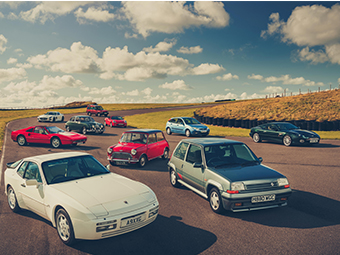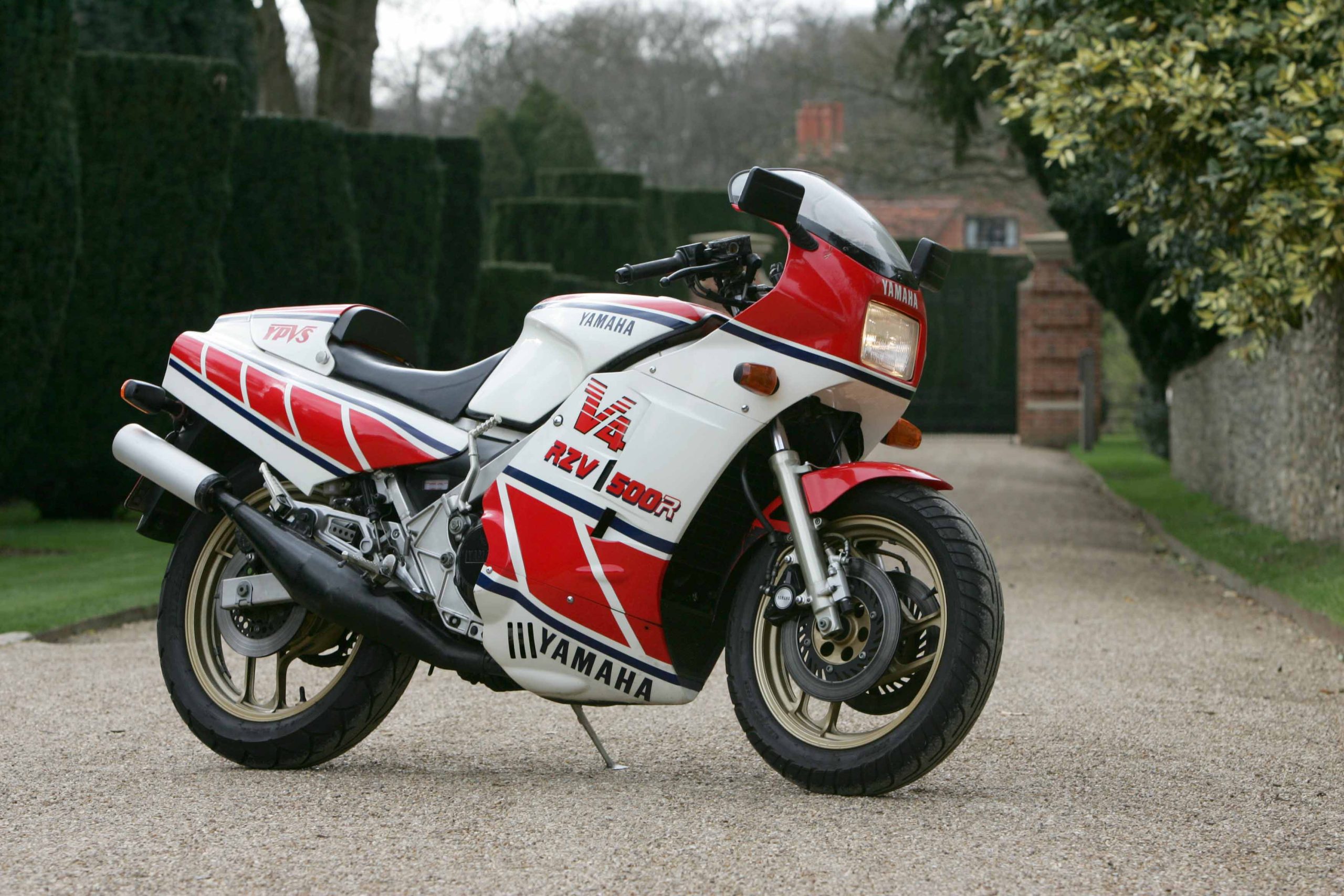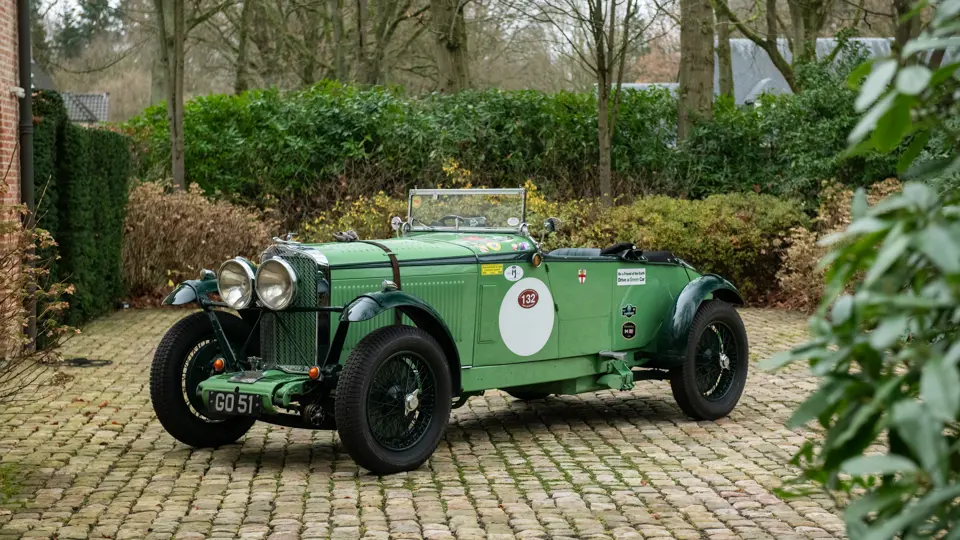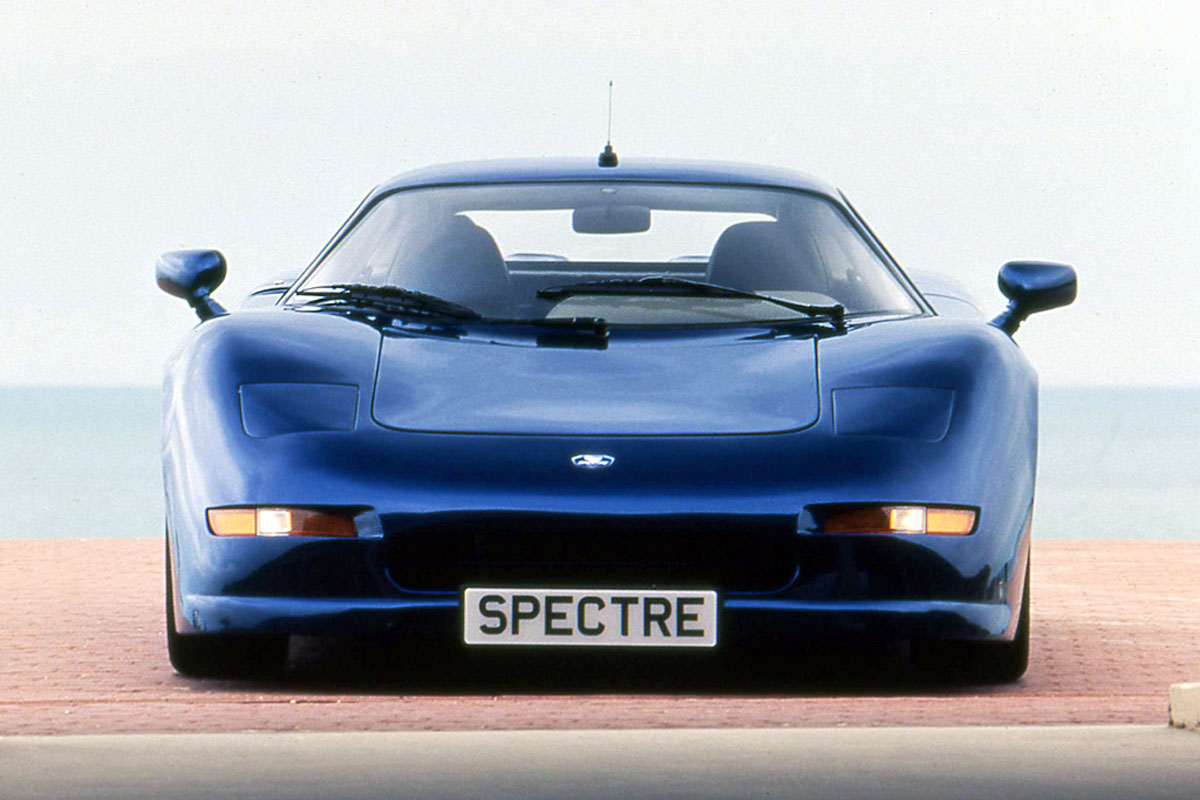Author: John Mayhead
Photography: Ebay
Today, Toyota’s entry model, the £16,515 Aygo X Pure, comes fully loaded. The 1.0 petrol engine pushes out a fair 72bhp through the 17″ alloy wheels and there’s a five-speed gearbox, cruise control, active lane assist and power steering to help the driver. Inside, it’s a comfortable place with front electric windows, air conditioning, a reversing camera and a big touchscreen that includes Car Play, DAB, Bluetooth connection and even voice recognition.
It wasn’t always this way with the cars that Hagerty loves to celebrate at our Festival of the Unexceptional, back this year on 26th July at Grimsthorpe Castle in Lincolnshire. In 1990, the Starlet GL was Toyota’s base car. It also had a 1-litre engine and a five-speed gearbox, but the interior was more spartan than its modern equivalent, despite in 1987 being upgraded to include an ‘interior fuel flap release’ and – ooh – a stereo radio cassette no less. The latter shouldn’t be taken for granted, as if you’d bought a 1990 Citroën AX instead of a Toyota, you’d have to spend more on the RE model, the standard ‘E’ lacking both radio, day/night rearview mirror and reclining front seats.

Go back even further to 1970, and the specification was even more sparse. Then, ‘luxuries’ were defined as carpets, glove box lids and even passenger door mirrors: the new 1970 Vauxhall HC 1100 proudly stated that it came complete with door arm rests at no additional cost. Posh. Cruise control and electric windows? They were for Rolls-Royces, not for normal cars. Air conditioning? You’re having a laugh.
So, when did it all change? Hagerty, as you will know, likes its data and loves standard cars so on the run up to this year’s Festival of the Unexceptional, out team went back in time and tracked the base models of four makers popular in the UK – Citroën, Ford, Toyota and Vauxhall – over 55 years. The results were fascinating. We looked at 20 factors, everything from the sublime (head rests) to the frankly ridiculous (alloy wheels) and charted their prevalence over the period.
The results were fascinating and showed that until the early 1990s, extremely sparse spec was the norm. In 1990, just one of our 20 specification markers was fitted to all four cars: front disc brakes. Compare that to 2025, when 15 of the 20 are fitted on all the modern variant and just one – the sunroof – failed to factor in even one model. By the turn of the Millenium, spec was markedly better and by 2010 almost matched what we have today.
There are many reasons for the big change between 1990 and 2000. First, the European Union was formed in 1993 and soon set various automotive safety standards that needed to be met for manufacturers to sell their cars there. Second, the internet began to become widely available for home users, allowing much easier research and comparison than had previously been possible, raising the stakes for manufacturers. Added to that was the first publication in February 1997 of the Euro NCAP safety ratings that clearly pitched one car against another. In the last 15 years, pressure has mounted on manufacturers to provide clean, green and comfortable cars and the general economic downturn means both fleet managers and private individuals have been much more careful with their money, so spec matters.
Hagerty’s future problem is that its selection rules for the Festival of the Unexceptional may have to change as we gradually accept newer cars. In 2050, we’ll allow the Class of ’25 in to our hallowed ranks, and we may have to accept features that in years gone by have been instantly classed as an exemption from entry: the 2025 Ford Puma Titanium is a mild hybrid with 125bhp on tap and the 2025 Citroen C3 Plus has – hold your breath – a turbo-charged engine mated to a six-speed box. Oh, how times have changed since the dip ‘n’ dazzle mirror was an option.
We will be announcing the Concours de l’Ordinaire lineup very soon – watch this space!
Don’t miss the next Hagerty Hangout this May! Join fellow car enthusiasts for a relaxed evening of great vehicles, good company, and shared passion. Get the details and mark your calendar here.









In 1950 if you wanted to buy a Morris Minor, you even had to pay extra for a heater! How times have changed.
All these clever things on modern cars are great. Until. They go wrong!